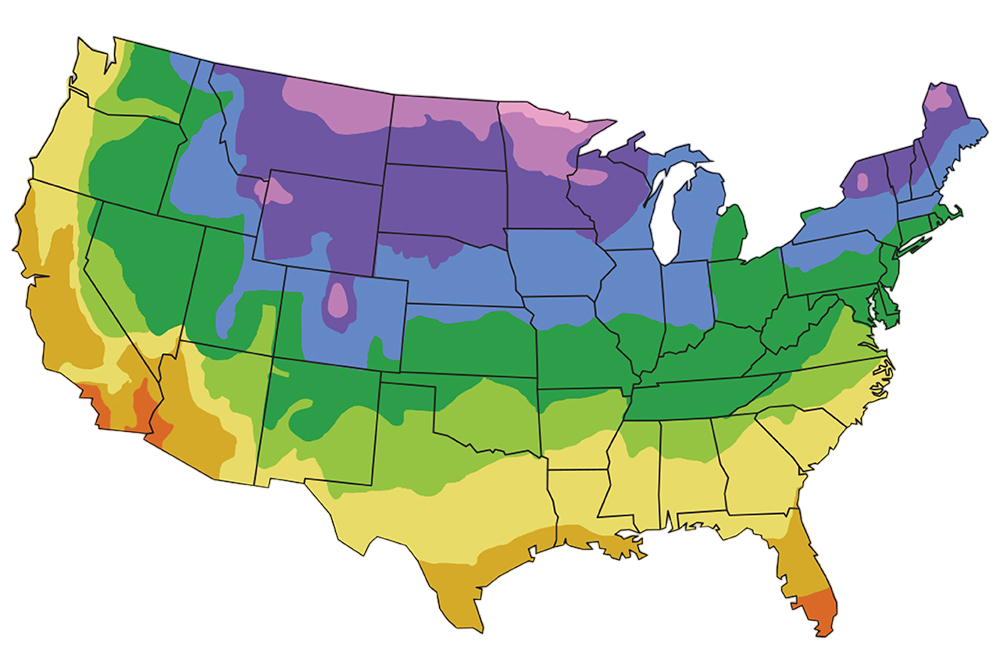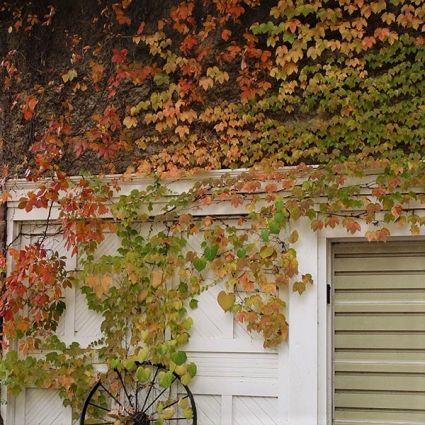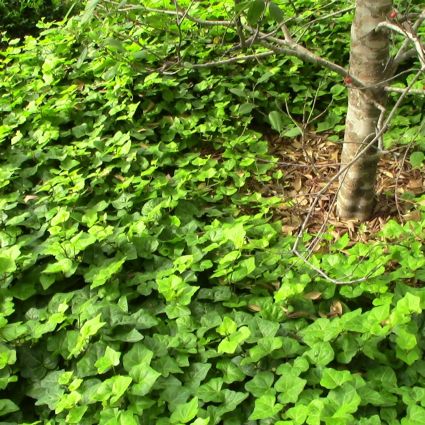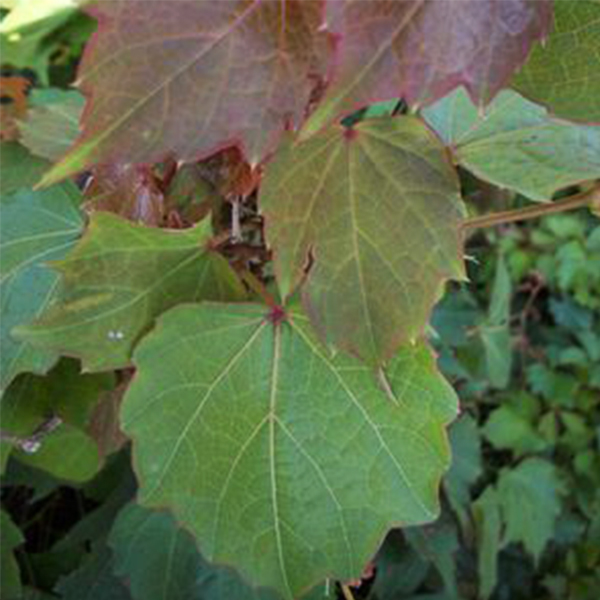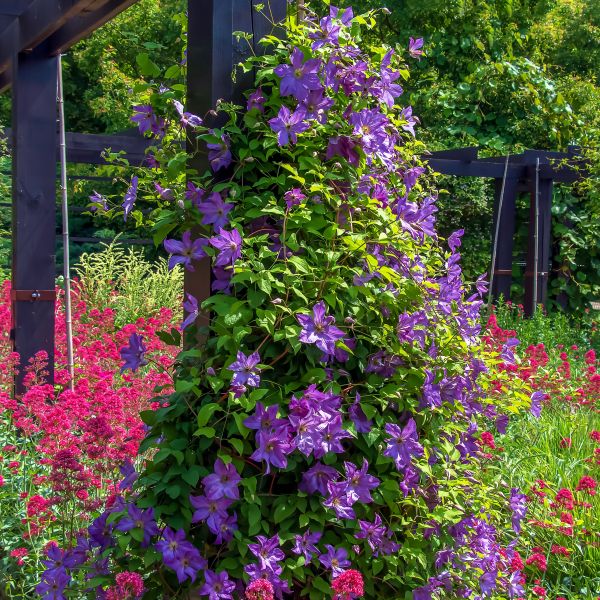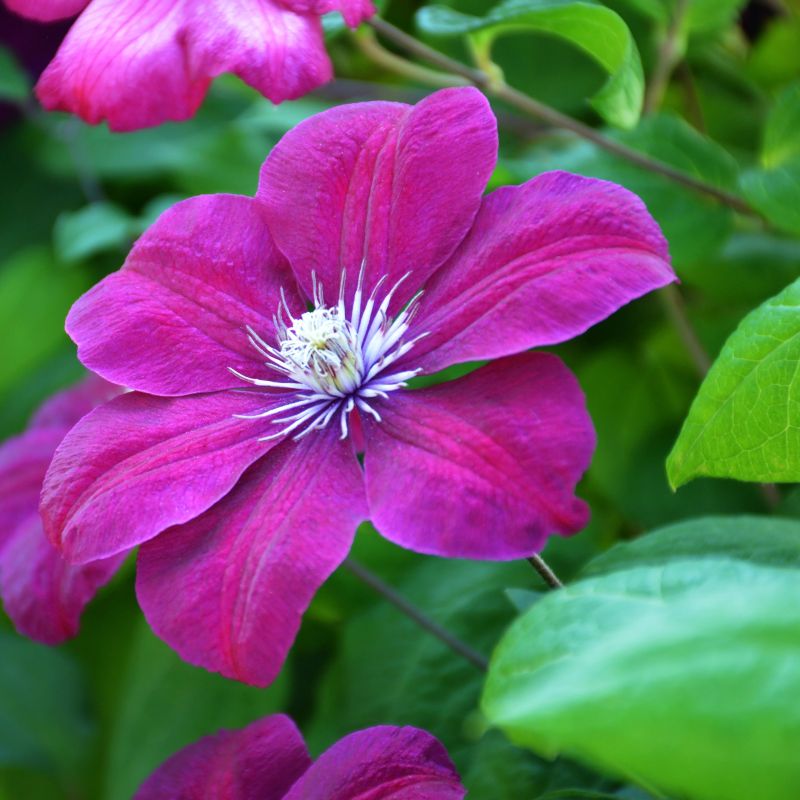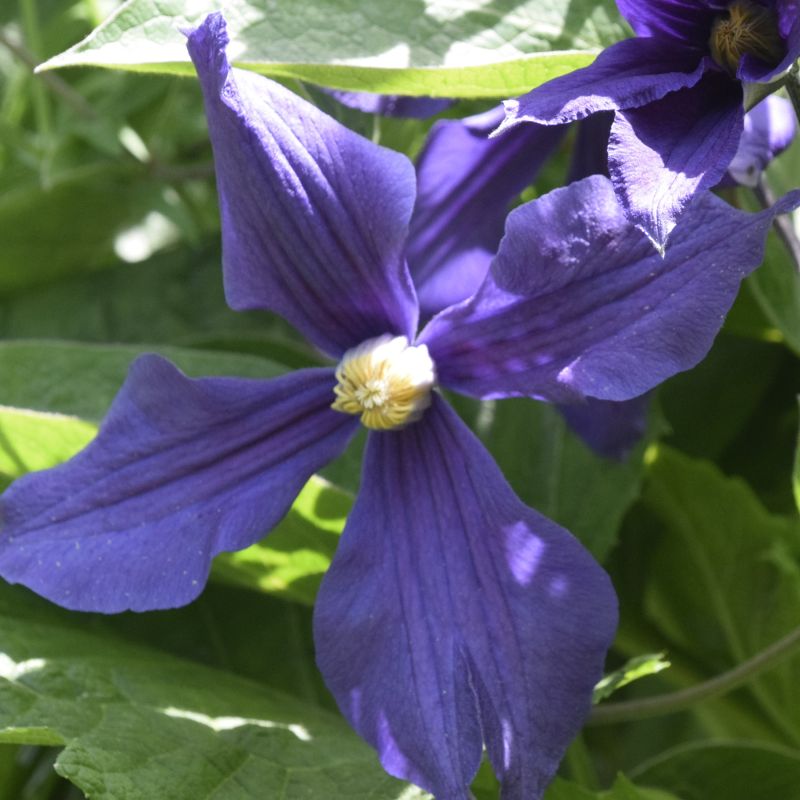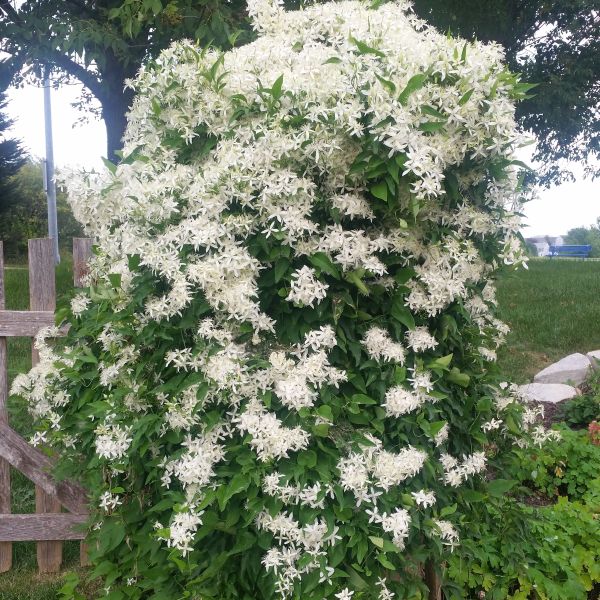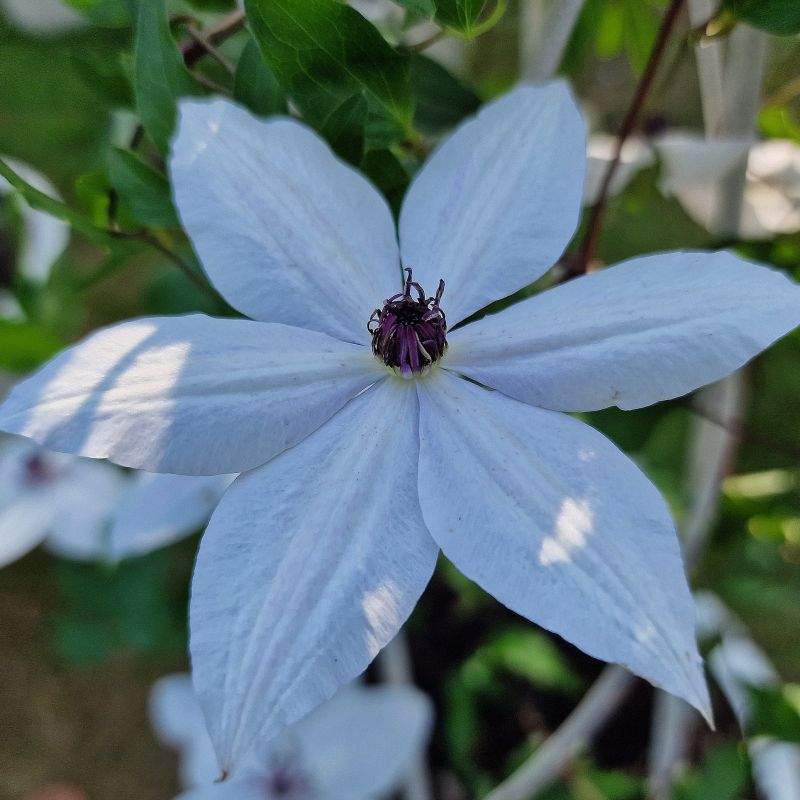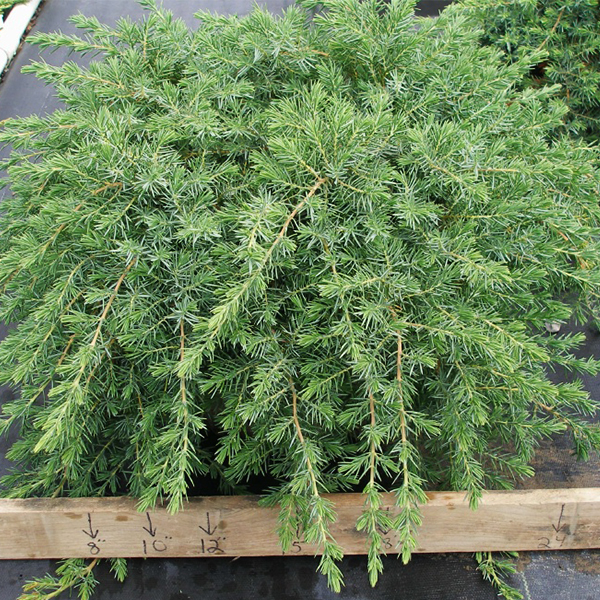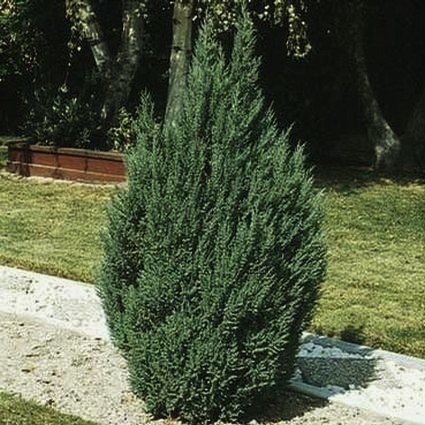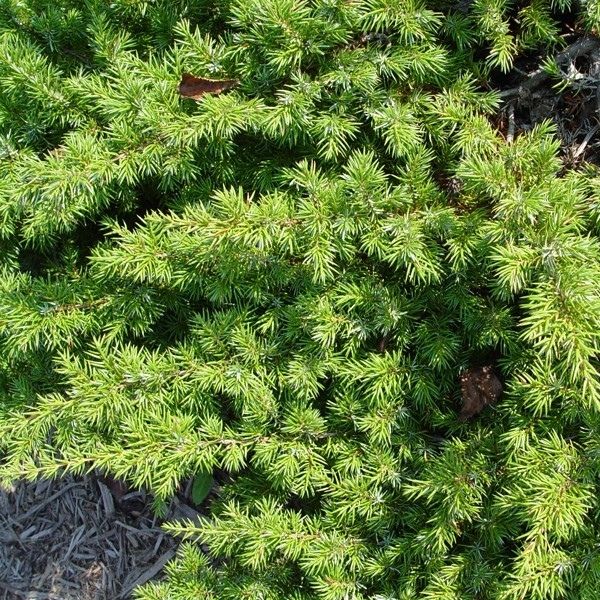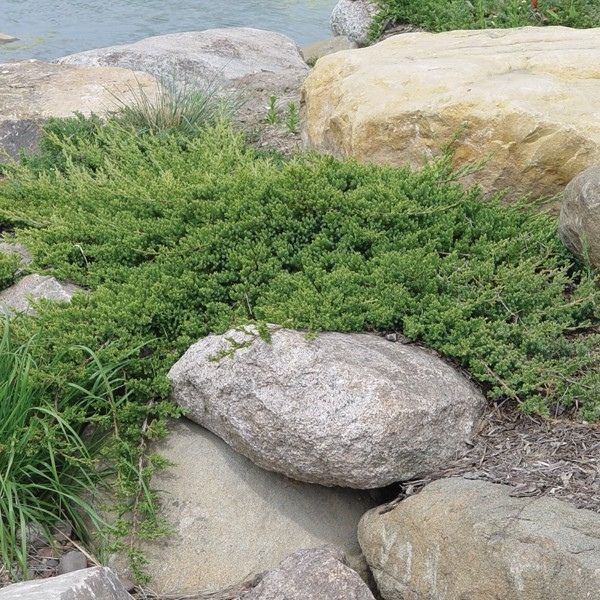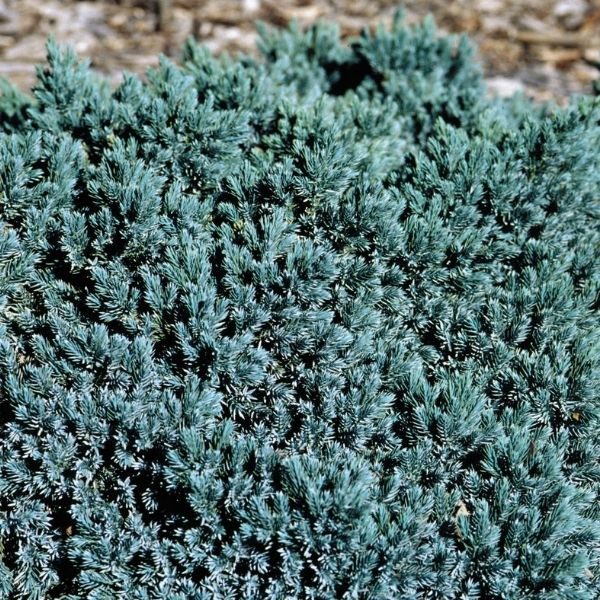

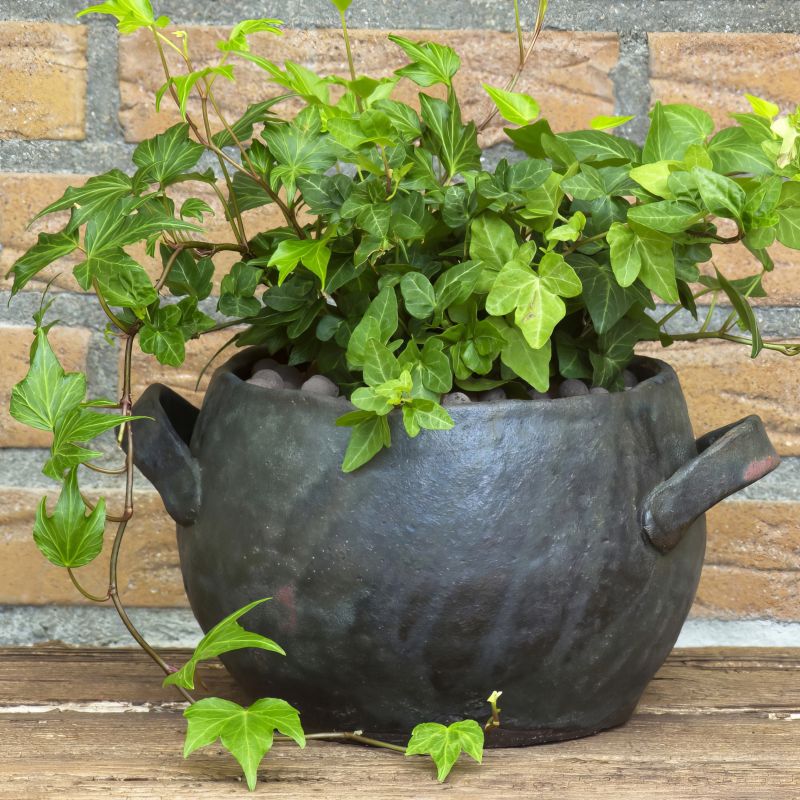


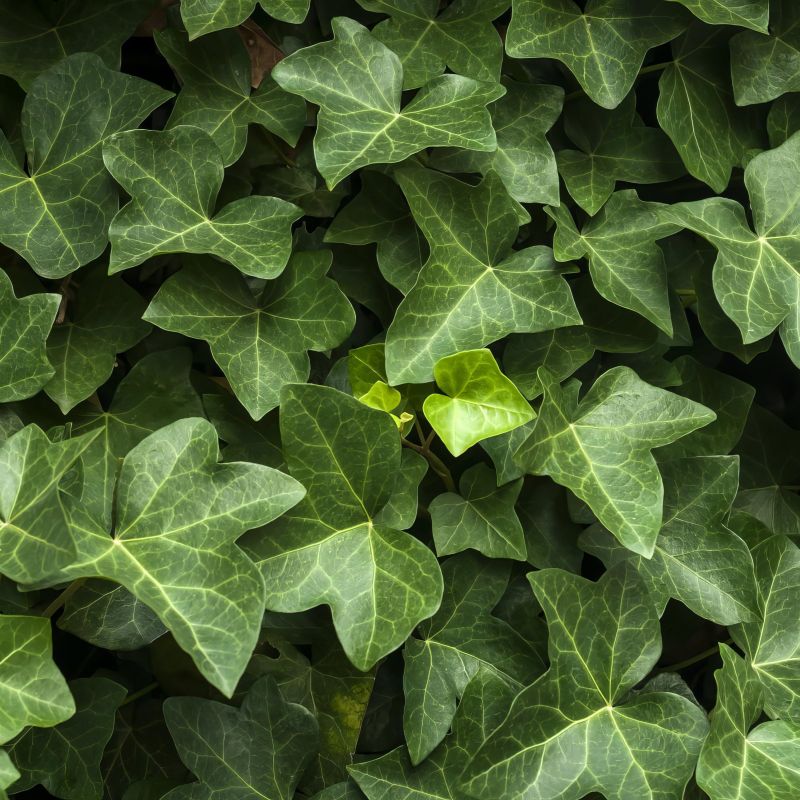
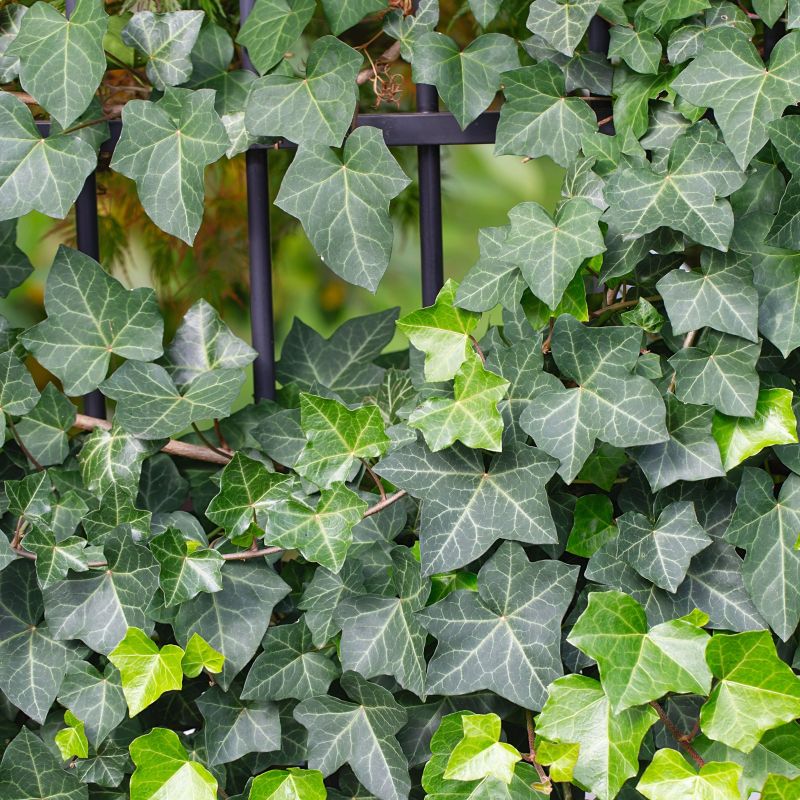


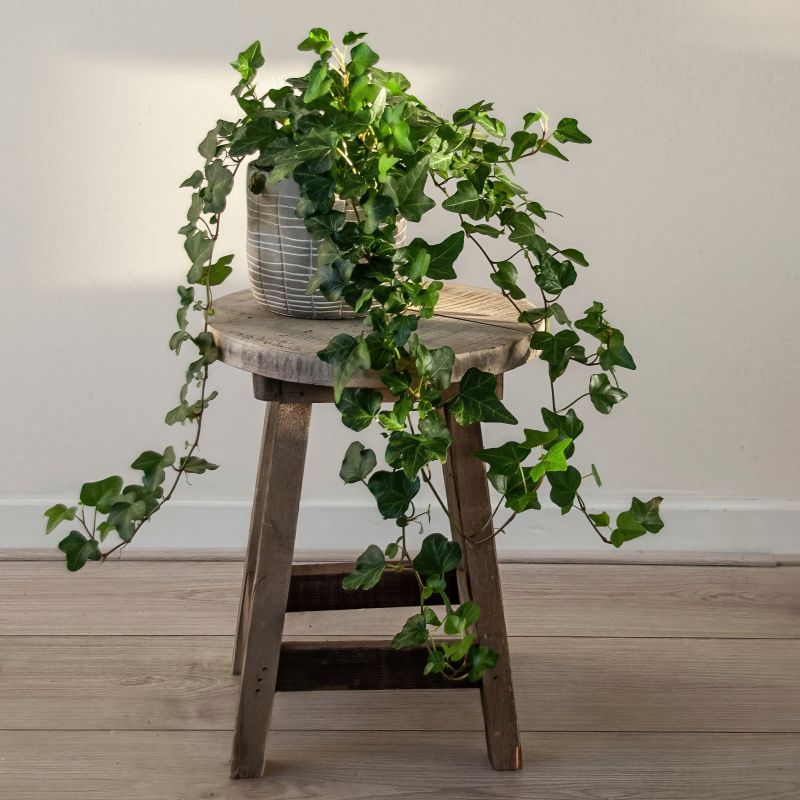

Hedera English Ivy
Hedera helix Thorndale
6 reviews
Hedera English Ivy
Hedera helix Thorndale
6 reviews
- Grows quickly and easily spreads for ground cover
- Tolerates a wide range of soil conditions and light levels
- Produces small white flowers that attract pollinators
- Recommended by landscape designers for optimal fit in real yards
$51.00
$73.00
30% Off
- Ships to 43215 in 3-5 Days
- Free Shipping Over $150
- Plant Arrival Guarantee
- In Stock
- Free Plant Consult
$200 - Landscape-Approved: Every Plant We Sell Comes With Design Expertise Behind It
- 4"
- 4", 3 Pack
We are sorry, product is currently out of stock due to seasonal availability. Please check the "Related plants available in your area" section below
Not just beautiful - intentionally selected by ShrubHub's 3D landscape design team to fit real-world spaces and maximize yard potential.
Why Hedera English Ivy?
Hedera English Ivy, commonly known as Hedera helix Green, is a versatile and easy-to-care-for plant that adds a touch of greenery to any space. Its glossy, deep green leaves provide a lush backdrop for other plants or a simple, elegant statement on its own. English Ivy is also known for its air-purifying qualities, making it a beneficial addition to any indoor environment.
Related plants available in your area
Sunlight
Hedera English Ivy prefers bright, indirect sunlight but can also thrive in partial shade. Avoid placing it in direct sunlight, as this can scorch the leaves. It can grow indoors with filtered light or outdoors in shaded areas with some sunlight.
Watering
English Ivy should be watered regularly, allowing the soil to dry slightly between watering. It prefers consistently moist soil, but avoid overwatering as it can cause root rot. Be sure to provide adequate drainage for excess water to prevent waterlogged s
Fertilizing
English Ivy prefers a balanced liquid fertilizer diluted to half strength during the growing season, approximately every four weeks. A slow-release fertilizer can also be applied in spring. Avoid over-fertilizing, which can lead to excessive growth and red
Plant Information:
| Botanical Name: | Hedera helix Thorndale |
| USDA Zones: | 5 - 11 |
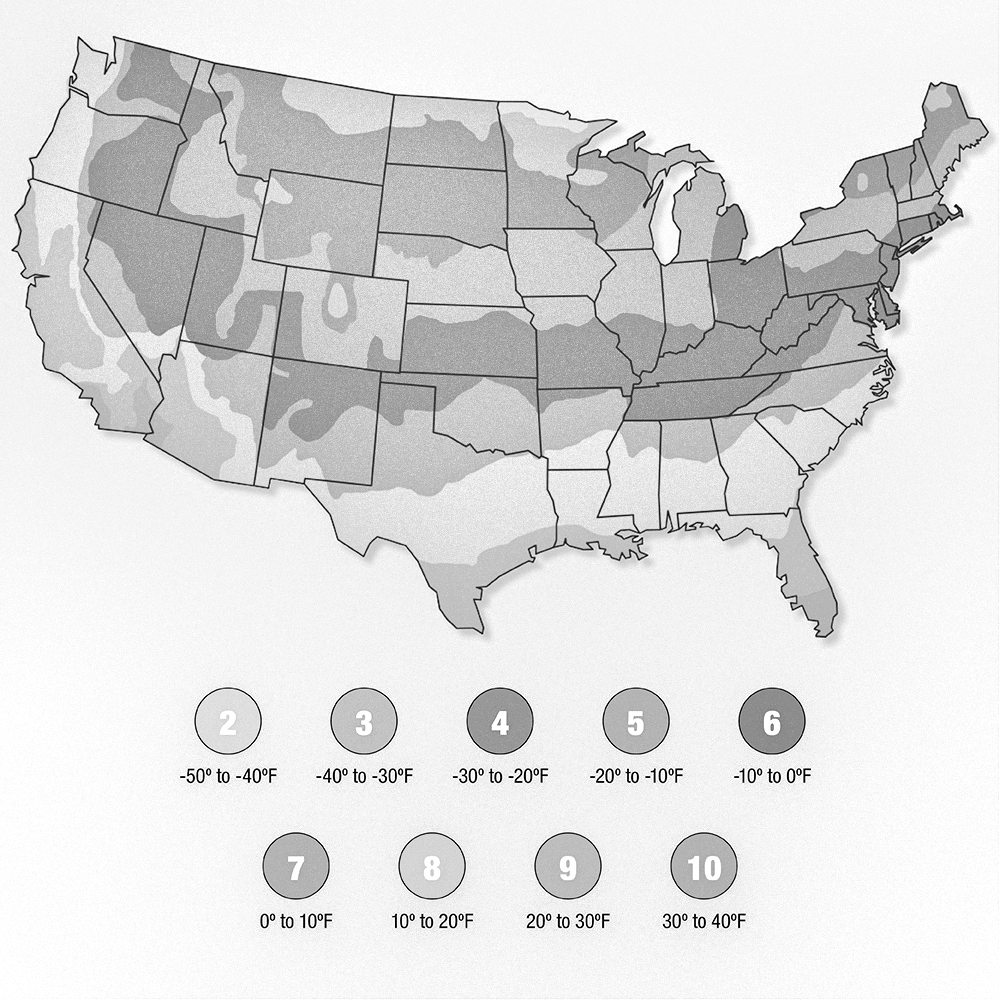
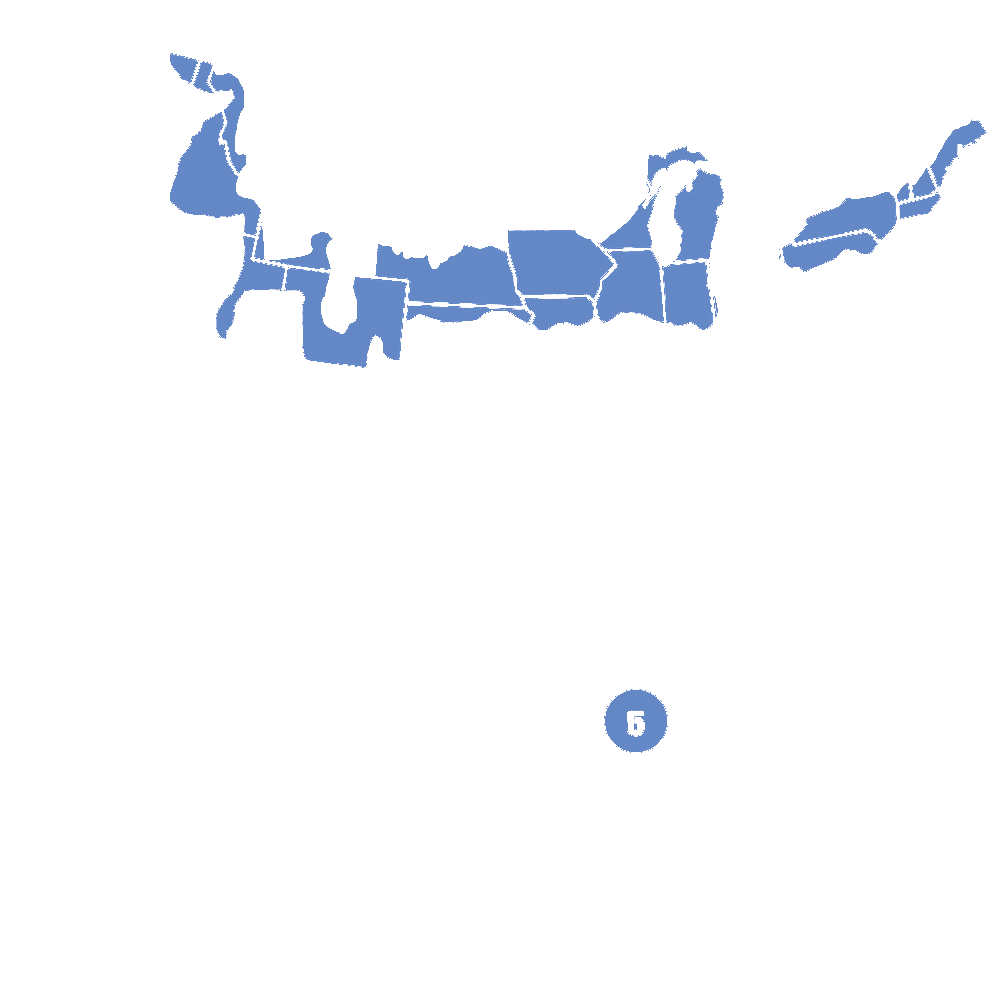
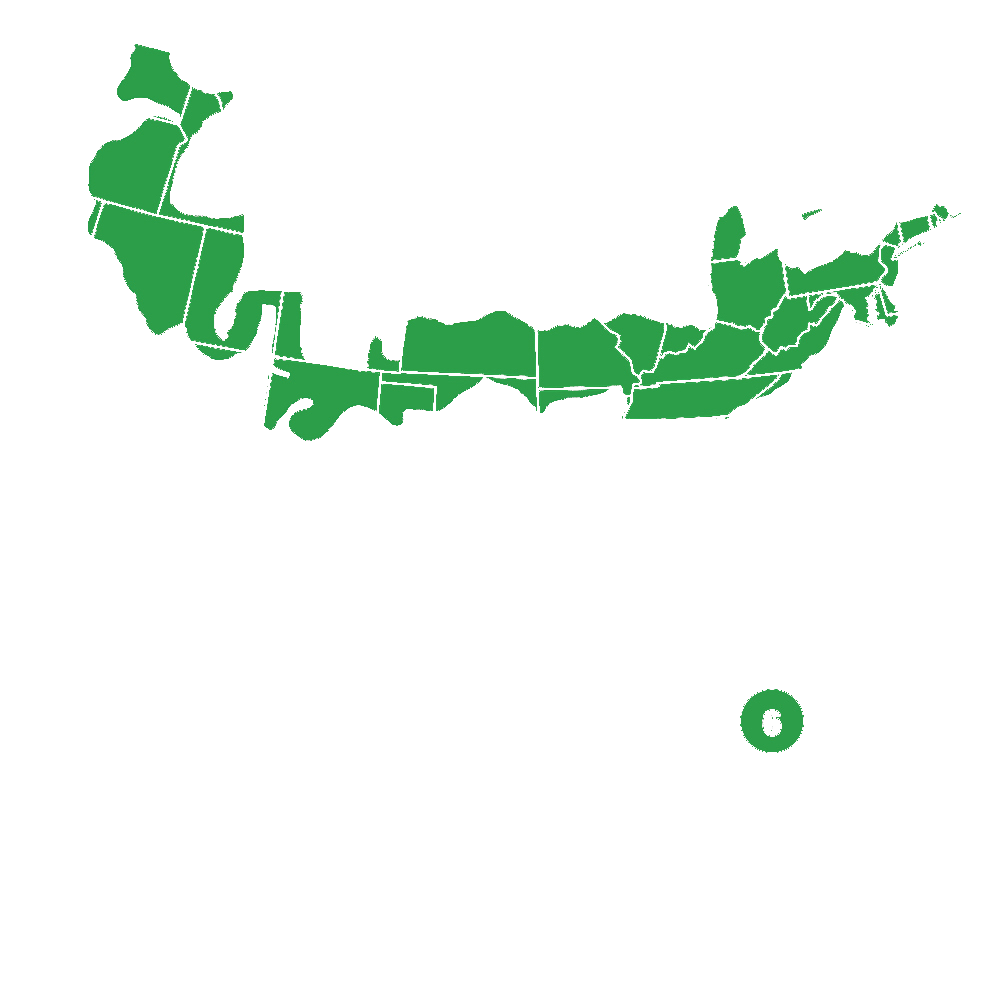

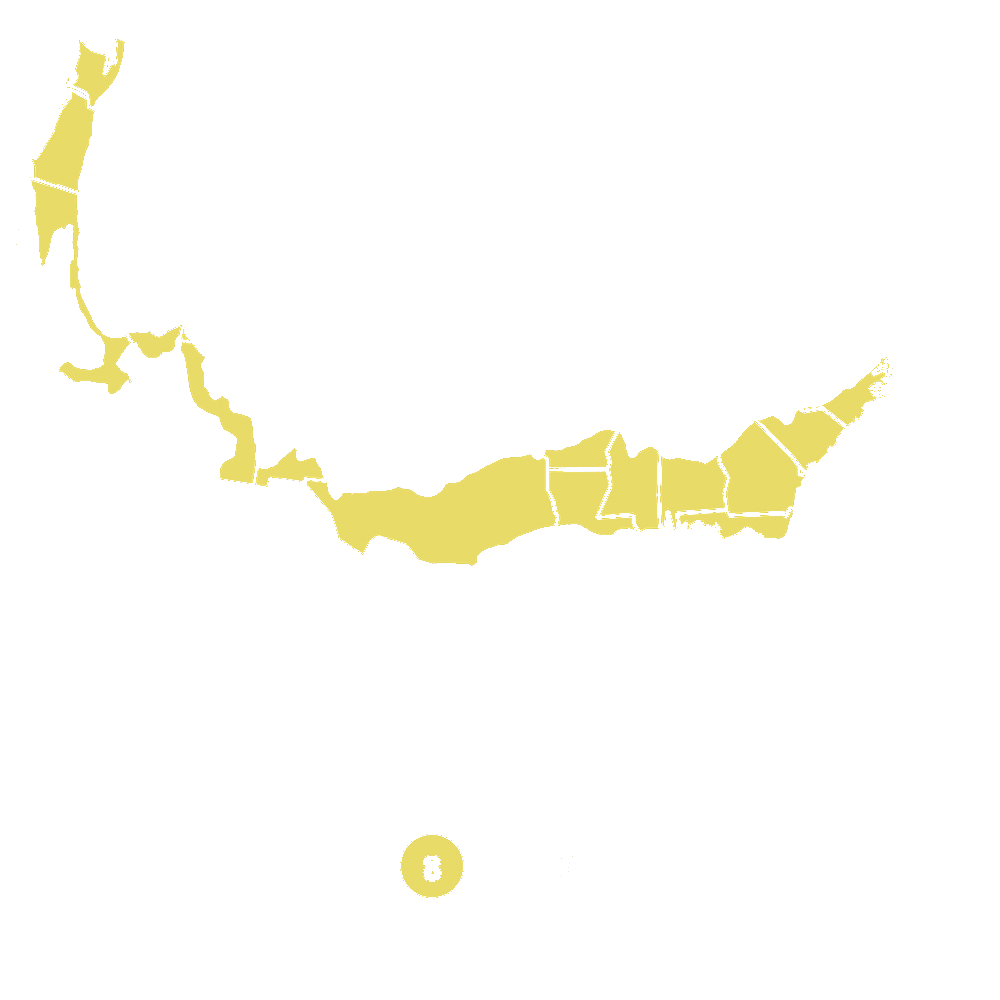
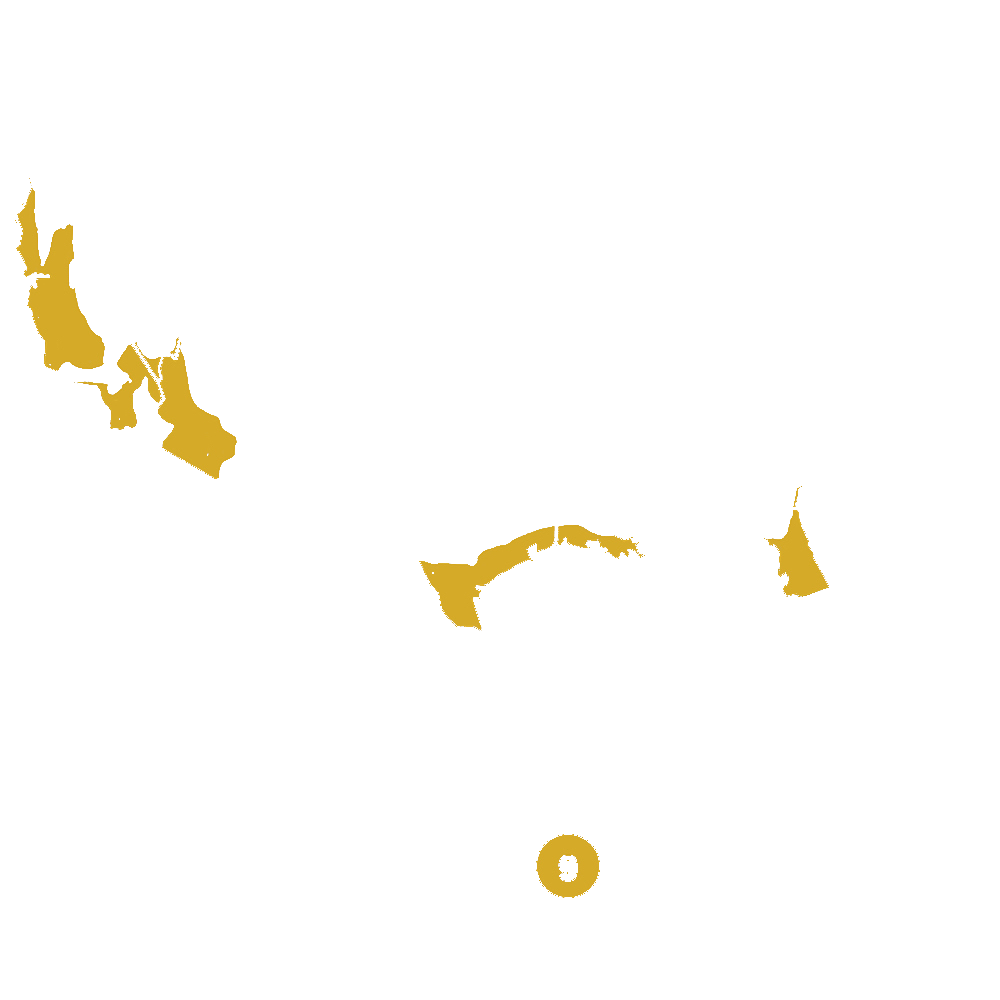
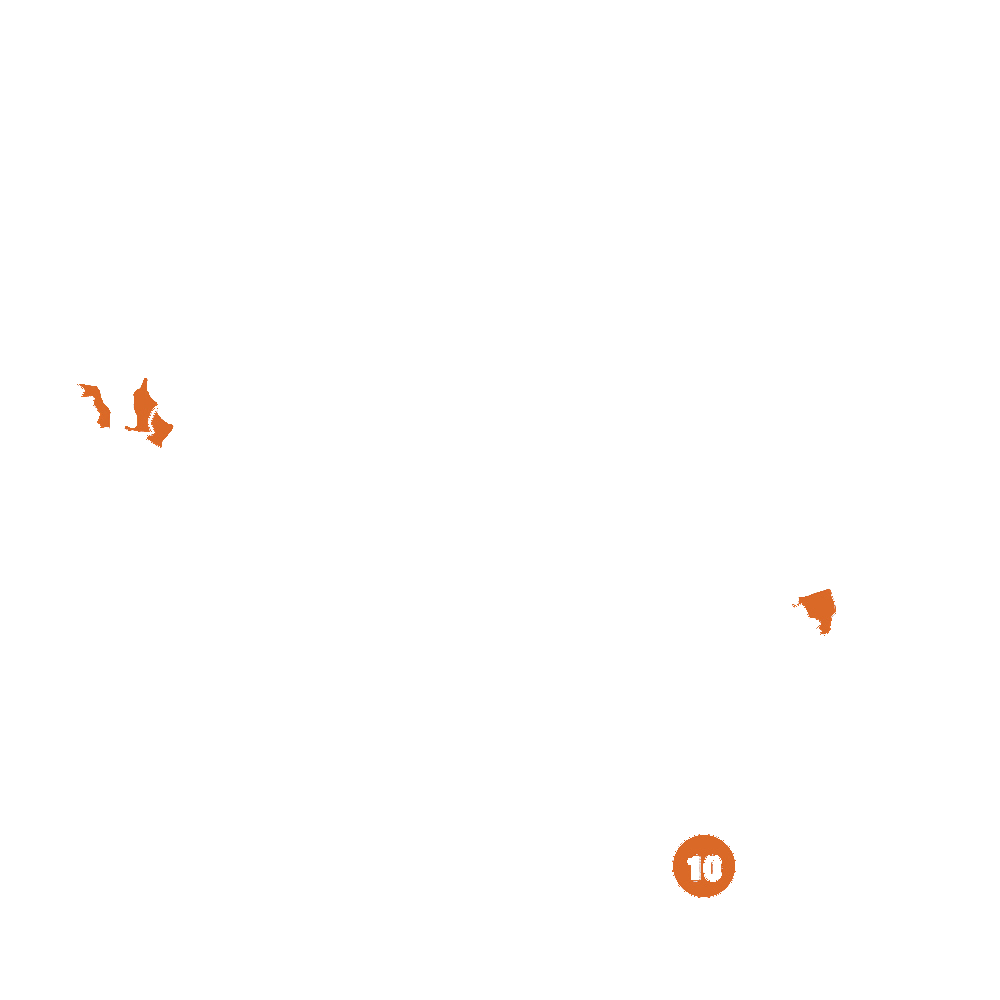
Pollination Info
Pollination Information for Hedera English Ivy (Hedera helix Green)
Hedera English Ivy, also known as Hedera helix Green, is a popular and versatile plant that is typically grown for its attractive foliage and ability to climb walls or cover ground. While English Ivy is primarily propagated through cuttings or division, it can produce small, greenish-white flowers in the fall that are important for attracting pollinators.
Pollination Process:
The flowers of the Hedera English Ivy are small and inconspicuous, but they are rich in nectar and are a valuable food source for bees and other pollinating insects. These insects are attracted to the flowers by their scent and color, and while visiting the flowers to feed on the nectar, they inadvertently transfer pollen from one flower to another, enabling the plant to reproduce.
Pollinators:
Common pollinators of Hedera English Ivy include bees, wasps, flies, and beetles. These insects play a crucial role in the reproduction of the plant by transferring pollen between flowers, leading to the formation of seeds and new plants.
Importance of Pollination:
Pollination is essential for the production of seeds in Hedera English Ivy, which is necessary for the plant's reproduction and genetic diversity. Without pollinators, the plant would not be able to produce seeds and propagate, leading to a decline in population and genetic variability.
FAQ
Frequently Asked Questions about Hedera English Ivy (Hedera helix Green)
1. How often should I water my Hedera English Ivy?
Water your English Ivy regularly, keeping the soil consistently moist but not waterlogged. Water thoroughly when the top inch of soil feels dry to the touch.
2. What type of light does Hedera English Ivy need?
English Ivy prefers bright, indirect light but can also tolerate low light conditions. Avoid direct sunlight as it can scorch the leaves.
3. How often should I fertilize my Hedera English Ivy?
Fertilize your Ivy plant every 4-6 weeks during the growing season (spring and summer) with a balanced liquid fertilizer. Reduce fertilization during the fall and winter months.
4. How do I propagate Hedera English Ivy?
You can propagate Hedera English Ivy by taking stem cuttings and placing them in water until roots form. Once roots have developed, you can transfer the cutting to a pot with soil.
5. How do I care for Hedera English Ivy in winter?
During winter, reduce watering frequency as the plant's growth slows down. Place the plant away from drafty windows and cold temperatures to prevent leaf damage.
6. Is Hedera English Ivy toxic to pets?
English Ivy is toxic to pets if ingested. Keep it out of reach of dogs and cats to prevent accidental ingestion.
7. How do I prevent pests on my Hedera English Ivy?
Regularly inspect your Ivy plant for signs of pests such as spider mites or mealybugs. Wash the leaves with a gentle soap solution or neem oil to deter pests.
Planting & Care
Planting & Care for Hedera English Ivy (Hedera helix Green)
To successfully plant and care for Hedera English Ivy, follow these guidelines:
Planting
- Choose a location with well-draining soil and partial to full shade.
- Dig a hole twice the size of the root ball and plant the ivy at the same depth it was in the container.
- Water thoroughly after planting to help establish the roots.
Care
- Water regularly, keeping the soil consistently moist but not waterlogged.
- Apply a balanced fertilizer in the spring to encourage growth.
- Prune regularly to maintain the desired shape and promote bushier growth.
- Protect from harsh sunlight, as this can scorch the leaves.
- Watch for pests and treat as needed with an appropriate insecticide.
Following these planting and care tips will help you grow healthy and lush Hedera English Ivy in your garden.
Check Out These Verified Customer Reviews:
Customer Reviews
4.7 out of 5 based on 6 reviews
Thank you! Your review has been submitted.
Highly recommended for indoor decor.
Responsive customer service.
Great quality for the price.
Item has been added to your cart.

